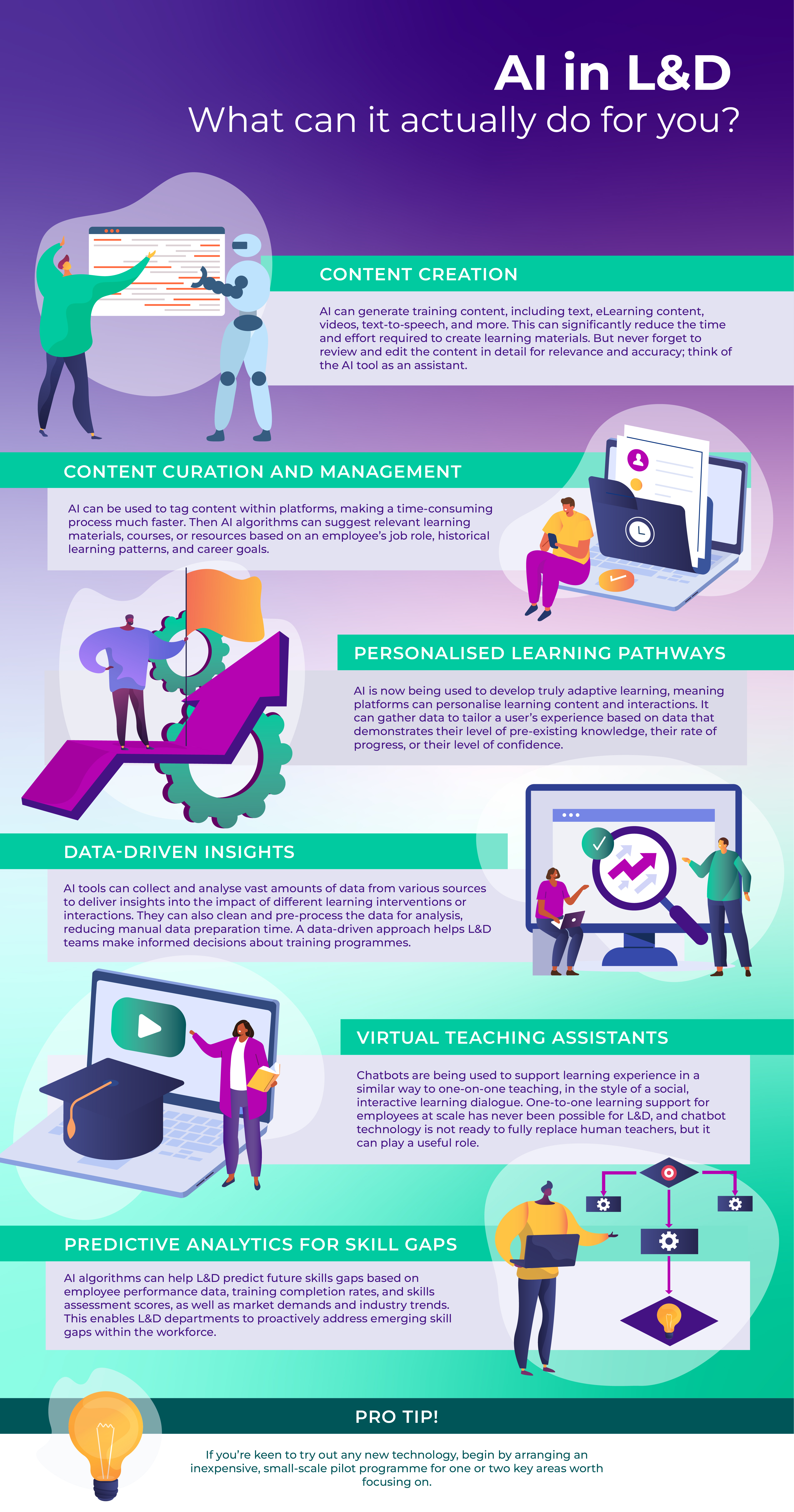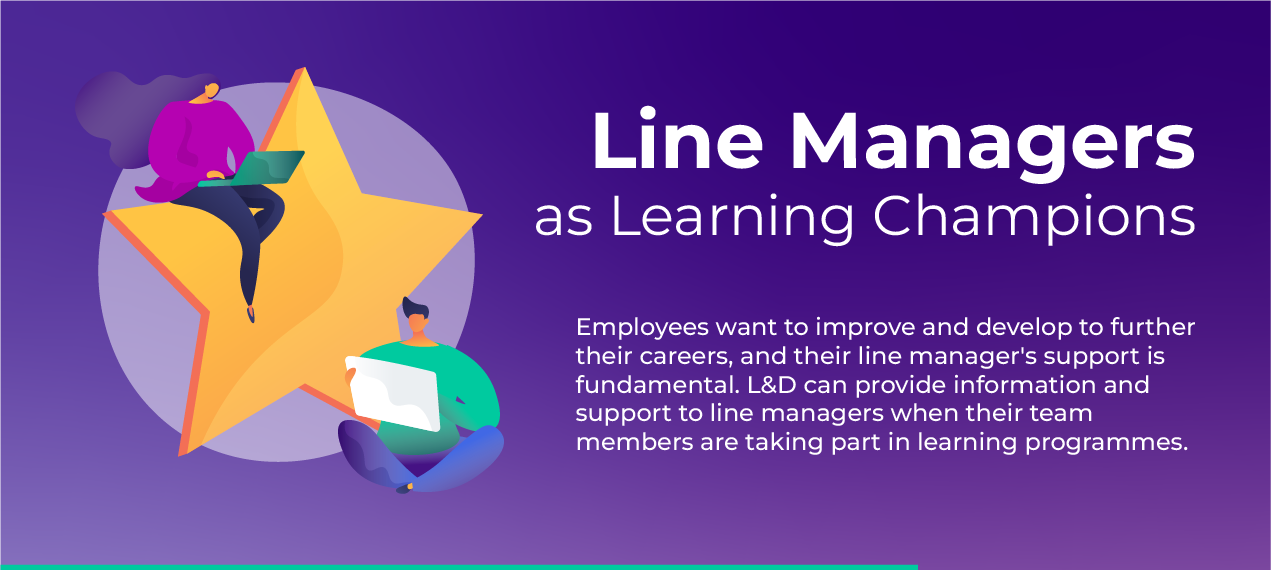At Logicearth, we think of ourselves as a learning consultancy. But what exactly is consultancy and how does this work in relation to L&D?
One criticism of the nature of internal L&D is that their relationship with the wider business is one of an “order taker,” in which e-learning or training is requested and provided, with no further questions asked. This can also be true of external agencies and training providers. To an extent, this is understandable, as sales keep the business afloat. Unfortunately, this will frequently result in the delivery of a solution that does not, in fact, address the client’s real needs. By starting with a blank slate, a consultant can help the client to make a truly effective change.
Peter Block’s well-known definition of a consultant in his book Flawless Consulting is ‘‘someone who is trying to change another person, process or organisation, but who has no direct control over what they are trying to change.’’ On a basic level, a consultant enters into a relationship with an organisation to address an issue and support them to make a change. The critical difference, as far as I’m concerned, between a service provider and a consultant, is taking an agnostic approach and not making assumptions about the client’s needs until you have taken the time and effort to understand them. As an outsider, there’s a real possibility to provide a sounding board, a mirror to their thoughts and an objective voice when applicable. To determine an effective solution, asking questions and discovering as much as possible about the context of any request before agreeing on any specific solution, is something we consider essential.
A consultant can play several different roles, depending on the situation, ranging from ‘advisor,’ to ‘coach,’ ‘facilitator,’ ‘educator’ and ‘partner.’ When it comes to consulting in relation to learning and development, this can mean offering expert guidance in relation to learning experiences, programme design, e-learning development or LMS implementation, but can also range into communications, employee engagement and wider HR strategy. We can end up in interesting conversations that link learning and development with several other elements of change programmes that need to be considered holistically. And since Logicearth is part of The Creative Engagement Group, we have access to a wide range of related expertise to call upon.
Four key benefits of learning consultancy
- Looking at the big picture – You may want some e-learning for your team, to train them up on a new financial process or to improve sales performance. However, have you thought about whether there are other reasons why the team might not be meeting expectations in those areas? Perhaps there are issues with line management or cultural problems that are hampering the team. In that case, e-learning might be part of the solution, but a more strategic shift may be needed. Arthur N. Turner discusses a hierarchy of consulting – at the simplest level, it’s about providing the information requested by a client and offering a solution. However, at its most ambitious, it involves facilitating client learning and improving organisational effectiveness. In other words, taking the time for an effective discovery phase before a solution is decided upon can help you achieve long term gains.
- Helping you meet your business goals – To illustrate the point made above, one of our clients recently came to us asking for a series of e-learning modules for their team. After going through a discovery phase, asking questions, and digging deeper into what they wanted to achieve and how they operate, we created a solution that fitted more effectively into the developing learning culture of the organisation. While the initial ask from one department was for e-learning, this would not have been as effective when connected to the wider programme. We designed and developed a combination of articles, interactive content, reflective prompts and learning guides. In effect, this has created a process to support a self-directed learning framework. This personalised learning will help people meet their individual learning goals and make it more likely the business will meet theirs. We have also set a variety of challenges for staff members and encouraged them to share the results with their colleagues. By sharing these experiences, their colleagues can learn. This can help create a longer-term, self-generated source of learning resources which has a wider impact on an organisation’s learning culture.
- Gathering data for the future – It is good practice to effectively measure the impact of your interventions. To ensure you collect the right data, it’s important to think about this during the discovery and development stages, so it’s built into the solution. We have done this with a particular client by using the data to inform a programme experience and develop its evolution as the learning happened. This enabled their team to enhance the experience immediately, as well as demonstrate success to senior leaders and upgrade the programme for future iterations. Focusing on data and continuous improvement is part of supporting a client with a sustainable solution and long-term goals in mind.
- Creating a lasting partnership – There are many different academic models out there to describe the relationship between consultant and client. One is doctor/patient, where the consultant diagnoses the problem and offers a solution based on their experience and expertise. Another is the Process Consultation, where the consultant empowers the client to learn and find solutions to its challenges for the long term. The latter involves a real partnership, in which the consultant is empowered to explore the organisation, identify any barriers to learning and help to implement lasting change. So far during my time with Logicearth, I have had the opportunity to spend significant time with some clients and really get a deep understanding of their context and their needs. As a result, our conversations have a level of understanding far beyond that of an occasional service provider.
Of course, sometimes, the doctor/patient relationship is exactly what you need. But even in this relationship, there can often be more to the client’s symptoms than meets the eye and the doctor must use their expertise to make an accurate diagnosis. When it comes to creating the best learning culture for your team, partnering effectively with a learning consultant and seeing the process through from discovery to delivery together, gives you the best chance of creating effective, lasting impact.
Get in touch to discuss how we can support you to deliver maximum, long-term impact.







Was this article helpful?